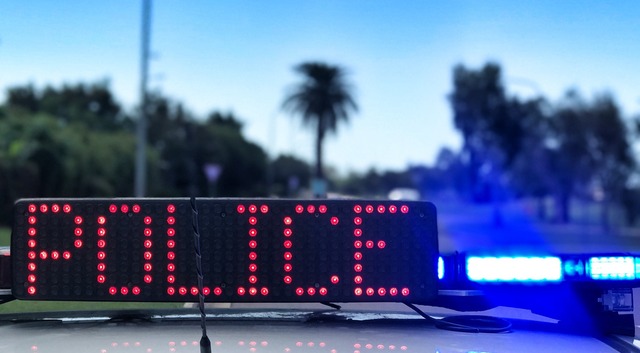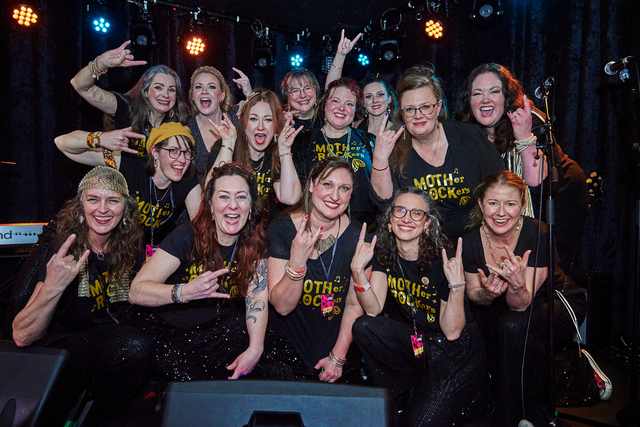‘The worst skin condition you’ve never heard of’.
This is how the Dystrophic Epidermolysis Bullosa Research Association (DEBRA) describes the rare disease Epidermolysis Bullosa – a condition that causes skin to blister and peel at the slightest touch.
According to the organisation, it is estimated that there are around 1,000 people in Australia who have some form of EB, with the number at over 500,000 worldwide.
During EB Awareness Week, held from Wednesday 25 October to Tuesday 31 October 2023, DEBRA shared the story of seven-year-old Charlotte Sumpter of Emerald.
When Charlotte was born after a normal pregnancy she had no skin on her ankles, on the top of both feet or her left big toe.
“We were having a cesarean because I had a lot of back surgery, so I didn’t want to push out the baby” Charlotte’s mum, Jess Phillips said.
“When they pulled her out, they said straight away ‘we’re concerned about her feet.’”
“I was left behind at the St John of God Hospital in Berwick and she was taken to the children’s with my husband Shane.”
Jess said when she was transferred into the Royal Children’s Hospital, she was told by the head specialist and a social worker that she should be prepared not to bring her daughter home.
“They didn’t know if she was going to die or make it because the really severe [cases] blister on the inside as well,” she said.
“I couldn’t breastfeed her anything because they said the friction of her mouth on my nipple will cause blisters and then she could blister right down inside her esophagus.”
Despite being diagnosed with the recessive form of EB Jess said Charlotte presented with mild symptoms of the disease.
“[Up to] two and a half she was peeling on her feet and once it was grown it was very fragile, so we would put bandages on it,” Jess said.
“They bath them in salt and bleach as well, to stop infection… we had bandages we’d cut the shape of a booty out [to put] underneath socks, so if the shoes rub we try to stop the blisters from forming.
“For us it’s mainly preventative so she wears leggings all year round to stop getting blisters or skin coming off.”
Jess said Charlotte is about to start playing basketball, is an avid Irish dancer, and will not let her condition deter her from the joy of the monkey bars at her school playground.
“She’s very outgoing; from birth she’s always loved singing and dancing, art, drawing,” Jess said.
“She saw that Riverdance cartoon when she was four and asked and asked and asked to do Riverdance lessons (Irish dancing), so she’s very good at it.
“She’s seven and she danced with the 10 and 11 year olds and she does it three times a week.”
Charlotte is even able to wear Irish Dance shoes, despite fears she would not be able to, and wears crocs at school.
“Underworks did a run of socks for the EB kids that are made of bamboo, so they’re the only socks she’ll wear now,” Jess said
“I didn’t say anything to her; as soon as I put them on, she said ‘Mum, they like soft clouds.’
“She loves the monkey bars at school; she’s blistered all underneath her knees, but she doesn’t care; we put bandages on it for protection, but she doesn’t care because she wants to do it with her friends.”
It was a genetic mutation in both of Charlotte’s parents’ collagen genes that caused the EB, Jess said, with the odds one in a million that she would be born with the disease.
“We stopped [having kids] because we were told there was a 25 per cent chance any more kids would have EB, and 50 per cent chance it would be mild like Charlotte, but it could be severe like the other kids,” Jess said.
Last year, Jess spoke at Charlotte’s school assembly during EB Awareness Week, with the school community raising $500 for DEBRA Australia through gold coin donations.
On Sunday 29 October. families and EB supporters came together in Melbourne, and across the country to raise awareness for people who have lost loved ones and those still battling with EB during the Walk for Wings to raise funds for DEBRA’s program.
Over $25,000 has been raised so far.
Jess said the charity has done “so much” for her family.
“They bought a bath for $3,500 that we could bath her in from birth to four years old, they gave her shoes and they helped pay for air conditioning because they get really hot and they don’t sweat like us,” Jess said.
“Charlotte’s been brought up with it, she knows no different.
“They describe it as the worst disease you’ve never heard of – they call them butterfly children.”
Jess said Charlotte wants to be either an Irish Dance teacher or a vet when she gets older.
“She absolutely loves animals and Irish dancing,” she said.
Jess’s message is for people to be aware that EB is another rare condition that is out there.
“The skin grew back, but [Charlotte] has no toenail on her big left toe, and her other toenails are very, very fine and thin,” she said.
“For us it’s only her feet that seem to blister. [For] other kids, even holding a pencil they get blisters on their hands.”








